Each week, Alex Lu is highlighting the work of some of the coolest illustrators of our generation. Know anyone who should be featured (including yourself)? Email [email protected].
This Week: Danny Zabbal is an artist of many talents. He has not only worked in comics, but in gaming and professional illustration as well. The Toronto-based illustrator’s work blends high fantasy with the mundane aspects of day-to-day life in the 21st century life to create moments of heightened drama and absurdist humor. This week, I sit down with him to talk about his career and his latest comic, Life, Death, & Sorcery.
Welcome to the wacky world of Zabbal.
 Artist Spotlight: Danny Zabbal
Artist Spotlight: Danny Zabbal
Website | Instagram | Life, Death, & Sorcery (Comixology)
Alex Lu: Could you tell me a bit about your artistic background? From looking at your website, it seems like you’ve been working in video games for a number of years but only in the last few years have moved towards making comics. What made you decide to make the jump over to drawing books?
Danny Zabbal: I’ve always loved comics. They were an intrinsic and inseparable part of my upbringing. My brother used to read “The New Mutants” and “The New Teen Titans” to me as bedtime stories back in the 80s. A bit further down the road I used to spend my teenage weekends diving into quarter-bins and drawing comics in whatever damp basement would have me for the weekend. I was about sixteen when I realized that I love comics, and since then, for better or worse, they’ve always been a natural extension of my personality and the way I see stories. Back in the day I used to buy movie adaptations of comics because I just preferred to consume narratives that way. See Al Williamson’s “Blade Runner” and Walt Simonson’s “Alien” adaptations as great examples. So, having a natural affinity for drawing, it’s always been an ambition of mine to draw comics. It’s in my soul, man. I had a similar relationship with video games, it was only a matter of chance they ended up by paying the bills first.
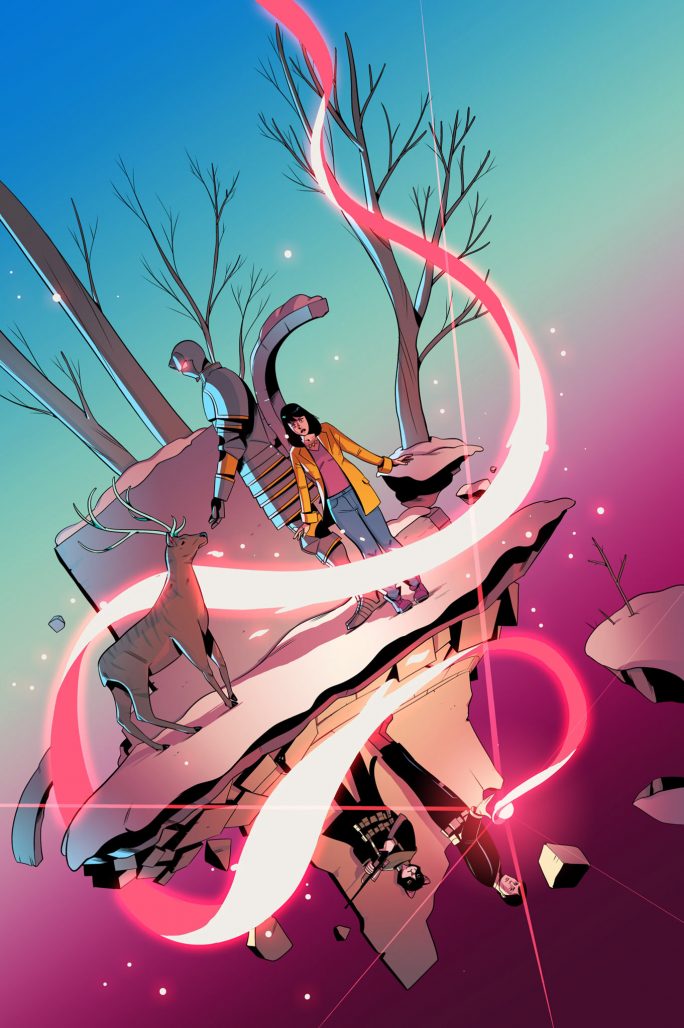
Lu: Having worked on video games in the past, what did you learn from working for art in that medium that you think you’ve been able to bring to your work in comics?
Zabbal: Oh, everything. Making art for video games is very fluid and iterative, which is to say, the first pass is never the final pass. You get comfortable revising and learning how to produce art assets with precision, if anything just to conform to the technical limitations of whatever you’re working on. Comics are very deliberate; you plan the page. Learning what I have from video games, I’ve been able to create a more fluid process for constructing my layouts. At any point, I’m comfortable taking creative pivots and changing narrative direction, as long as it services the story and the reader. Video games have made me a more nimble cartoonist.
Lu: Looking at your body of work, what immediately attracted me to your art was the way your work blends fantasy and modern life with these bright neon colors. What is it that attracted you to these elements and what, if anything in particular, do you seek to explore by blending them?
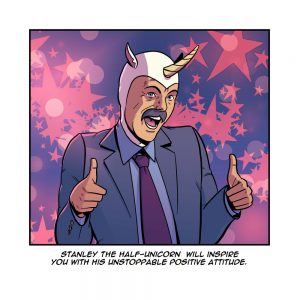
Zabbal: I’ve always been interested in the banality and mundane aspects of our world. There are so many things in our culture competing for our time that it’s become a nonstop barrage of curated content. It was cute at first but now it’s devolved into decontextualized nonsense, in my opinion. So, my interest in the mundane is my way of reacting to that. When I want to go there creatively, mostly with my Obsolete Heroes series, the strange odd-ball imagery ends up by being ballast. In my own weird way, I’m trying to say that it’s okay to be boring. Not every life-event needs to be accompanied by a hashtag and a quippy statement.
Lu: That’s definitely true. And I think it’s interesting how, in a lot of media now, you’re seeing relatively low stakes slice-of-life stories gain a lot of traction. There’s something endearing about watching people in stories do the same things that we do, and I liked that you played with that in some longer form Obsolete Heroes stories. Would you be interested in returning to that format for that series again? Or telling another story like it?
I would! I love my Obsolete Heroes. It’s all about finding the right story to fit the characters. To be honest with you, it all comes down to things that have either happened, or are happening, in my life. I can be processing the significance of an event for years. Once I’ve rolled it around in my head a few times, I can transform it into an Obsolete Heroes story. Ideally it would be something small, 88 pages maybe, in a tiny digest format. Heavy on emotional content and light on adventure.
Lu: In your bio, you cite Toronto as a major influence on your work. I’ve visited once or twice, but I haven’t been able to spend a lot of time there. What parts of Toronto’s culture inspire you and make their way into your work?
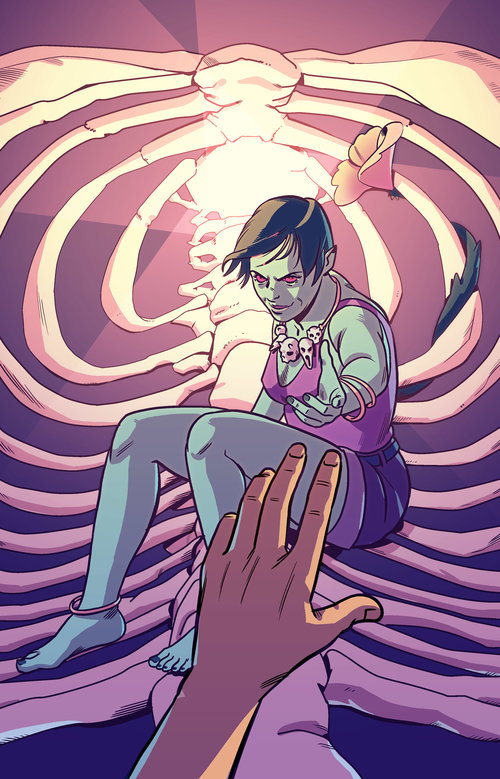
Toronto is also a meeting point for so many cultures from around the world. At any given time, you can come in contact with people who have come to this city for a new start. As an observer, there’s something heroic about that, something inspiring. My own parents came from Beirut, Lebanon in the mid-seventies. By the time I was born they were already established, but as a family, we were still firmly entrenched in the identity of the other. But that’s what’s special about Toronto, we’re all the other. People talk more freely about their heritage here, and there’s an unspoken assertion that we all need to do better in acknowledging that. How could I not be inspired?
Lu: That freeness is interesting to me. I feel like here, in the states, it very much depends on the group of people you’re with whether heritage is something you bring up. And navigating the difference between those groups isn’t something I’m always good at. So when you have these conversations about heritage in real life or in your stories, do you ever feel the tension of not knowing how your audience will respond like I sometimes do?
My heritage isn’t exactly a place that people have positive feelings towards, to put it lightly. Most of the time, people are nice. I have friends from all walks of life and generally they want to know more, and they’re very curious in a respectful way. On rare occasion though, someone sends a wise-crack my way about bomb-vests or someone asking me how many magic carpets I own and then I get a gross feeling in the pit of my stomach. It’s those rare occasion that I dwell on. They don’t make me feel scared or angry but ashamed. Like I’m not a real person. You end up by being this weird de facto ambassador for your people, whatever the hell that means, and so the way I deal with it is by being as generous and open as possible. I’m never going convince everyone that my worldview is valid, but at least I can take comfort in being a good person. Well, as good as I can be. Nobody’s perfect.
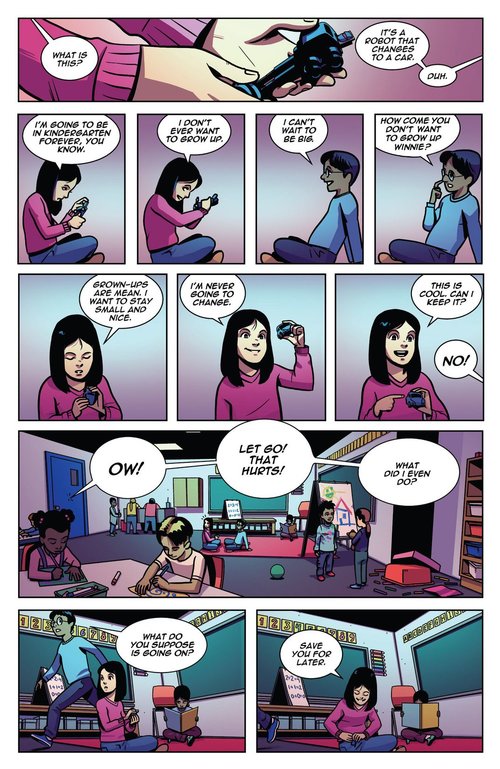
Lu: Zooming in on Life, Death, & Sorcery in particular, what I really enjoyed about the page layouts is the way that they devote a lot of space to small actions such as the way that characters’ facial expressions change as they react to an object or a line of dialogue. When you’re illustrating stories, do you naturally gravitate towards these more intimate moment-to-moment panel transitions? What do you like about them?
Zabbal: For me, a story is the sum of a lot of small moments. Because I want my characters to be as alive to the reader as they are to me, I’m always trying to find ways of shining a light on their emotions. At the end of the day, the characters are the most important part of the story. They’re the vessel that carries the themes forward and project my values outward. If a small sideways glance or a close-up of a hand warmly resting on someone’s shoulder expands the emotional palette of the scene then it’s an opportunity I feel compelled to take. Sometimes it means less room for the plot or world-building, but I don’t necessarily see that as a bad thing. By and large I think most people are pretty jaded to those things anyway. Really what we’re all looking for is that our fiction has anima; that’s alive. If I have to sacrifice a few pages of cool magic and crazy space-wizards to achieve that effect, then I’m glad to do it.
Lu: Could you go into your layout process a bit? How do you know which small moments to pull in on? Is it more like iteration or intuition?
A lot of it us iteration. When I see two panels side-by-side or a full page, those small moments will jump out at me. It’s very visceral, and difficult to explain. Given that I’m pretty long-winded guy I’m okay with that. As artists, we have to allow our work to surprise us at times, and we also have to cultivate an instinct to know when it’s speaking to us. That said, it’s important to be flexible. I could just as easily walk away from those small moments, but I put in the time to get it right.
Lu: What are you working on now? Do you have any projects you dream of making or any characters you’d like to one day work with?
Right now, I’m working on the second volume of “Life Death & Sorcery” and that’s keeping me pretty content. As for dream projects, well, I’m a big Star Trek nerd so I’d love to tackle a comic project with that property. I have an interesting story outline lurking around that’s just itching to be turned into a comic. It’s an exploration story that loops in the Next Generation, DS9 and Voyager crews. Very grand and utopic, but still very personal. Who knows, maybe I’ll write it one day, anything is possible.
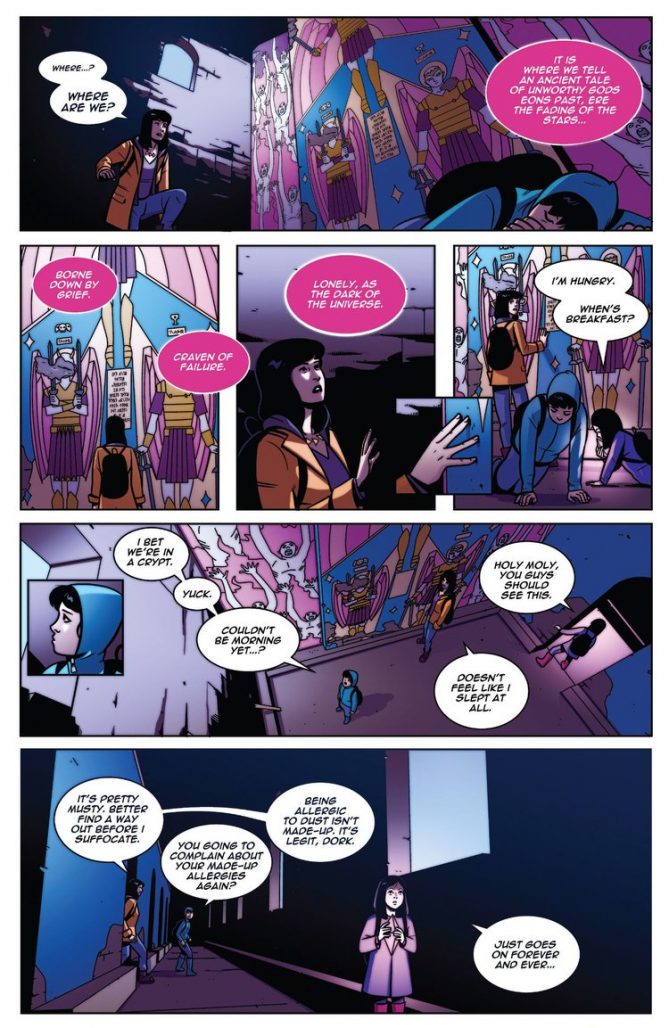
Additional Samples
The Weekly Art Round-Up
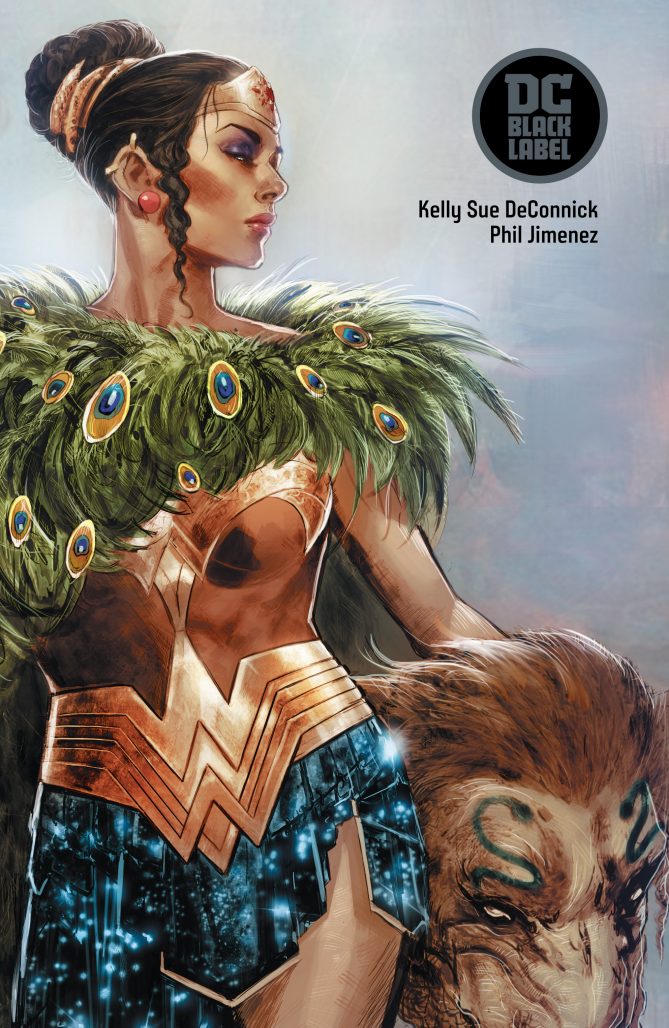
ValleyGirl pic.twitter.com/7Nii63MqJz
— guillaume singelin (@guinoir) March 2, 2018
March 8th is International Women’s Day. This year I made a piece that represents my hope for a future in which women and nonbinary people from all backgrounds can one day live free of fear, harassment, abuse, and violence. #IWD2018 #art #illustration pic.twitter.com/zFaUz68WtL
— Samantha Mash 🌾 (@anamericanghost) March 8, 2018
A patron requested some Black Panther so I drew the AU where Erik gets to grow up in Wakanda with his family ;w;
Tumblr link: https://t.co/OhQLuOx9c9 pic.twitter.com/UB6KFlnKPl
— reapersun (@reapersun_art) March 8, 2018
Page 148, illustrated by @sssashimi https://t.co/ujR8YIPuz3 pic.twitter.com/rXCVHnDvA4
— Josh Tierney (@jwtierney) March 8, 2018
— Tula Lotay (@tulalotay) March 8, 2018
warmup pic.twitter.com/idXgpTCd0c
— just a marimo (@marinacjulia) March 8, 2018
Recapping Black History Month —A series of portraits for @elysium_health , honouring four historic figures and their groundbreaking contributions to science and medicine. AD by the amazing✨@erick.png ✨
4/4 Percy Julian https://t.co/MBqh1YBcpN pic.twitter.com/qXW1sY9tdT
— Nimit Malavia (@NimitMalavia) March 2, 2018
Ten of Wands: Burdens, struggle, overextending. The tarot project is supported by my amazing patrons at https://t.co/DJoTmq6ax4 ✨ I love you, guys! pic.twitter.com/z5UHyOV5sd
— Djamila Knopf (@djamilaknopf) March 7, 2018
Happy International Women’s Day 2018! Check out my story in today’s global #GoogleDoodle and share your own using #HerStoryOurStory! → https://t.co/wscdLZnihG pic.twitter.com/yGrx34erji
— Tillie Walden (@TillieWalden) March 7, 2018
いろんな寝相 pic.twitter.com/jBUxvfd6l7
— はやしうき (@hysukku) March 7, 2018
I was one of the 13 women who did a pulp novel cover for the newest season of Jessica Jones for @netflix and @Marvel 👊🏼🔥!! Proud to be a part of this project 🙏🏼💖 pic.twitter.com/xSxTOtEMQg
— Jen Bartel (@heyjenbartel) March 5, 2018
Directed by Neasa Hardiman, this is Episode 10: AKA Pork Chop, illustrated by @amyreeder. #JessicaJonesReturns pic.twitter.com/5f4L6sg9re
— Netflix Canada (@Netflix_CA) March 5, 2018
I just got my comps so it must be alright to show my cover for The Flash: The Silver Age Vol. 3! pic.twitter.com/NAEvfgDJZq
— Doc Shaner (@DocShaner) March 8, 2018
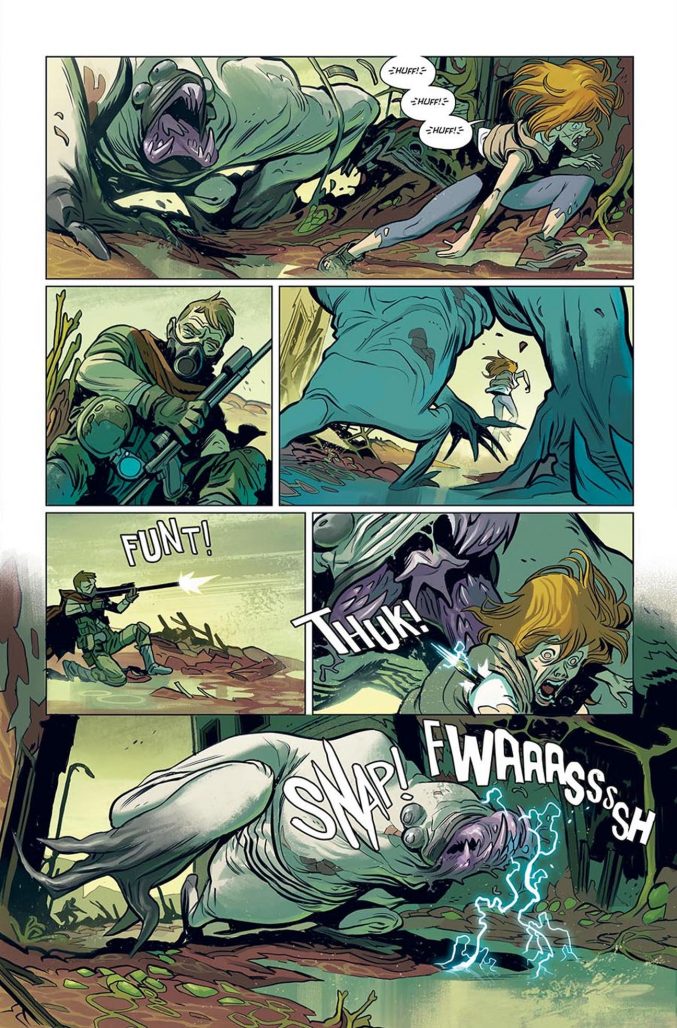
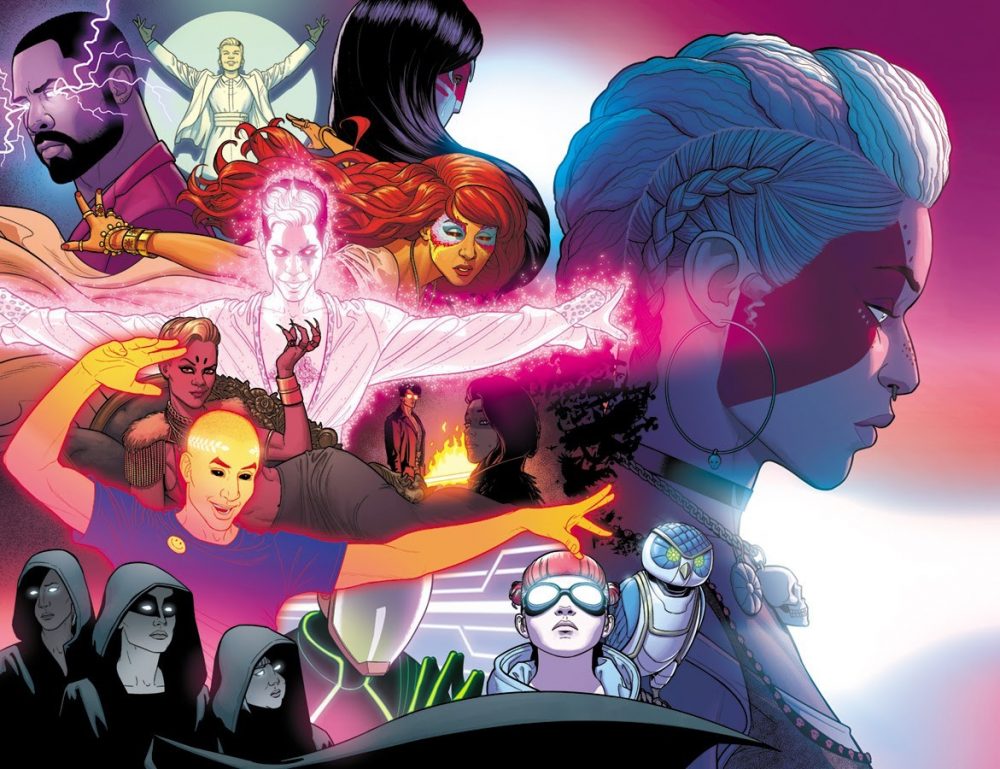
She’s just waiting to cross the street. #illustration #LosAngeles #dog pic.twitter.com/rGjSAwXMNE
— Kiernan Sjursen-Lien (@zakeno) March 8, 2018


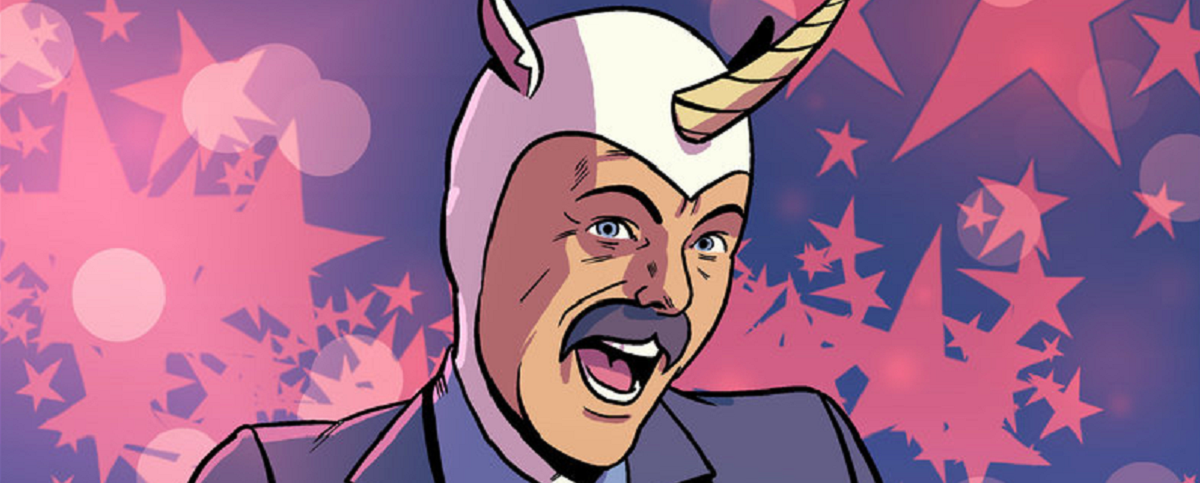
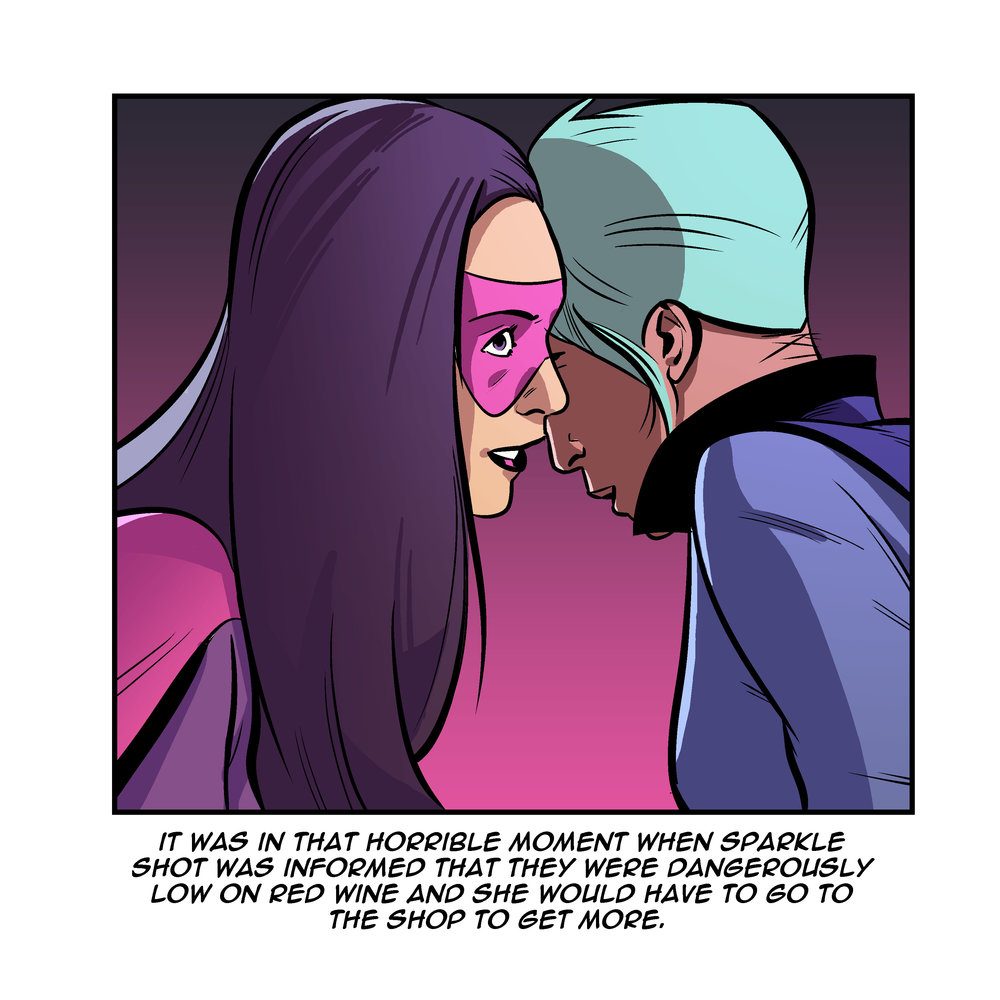

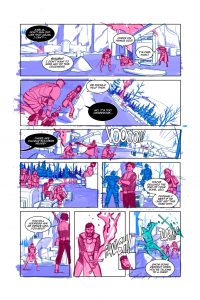
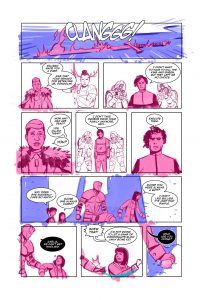
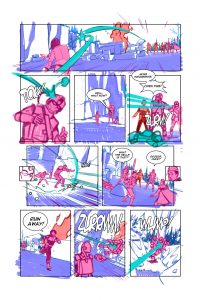
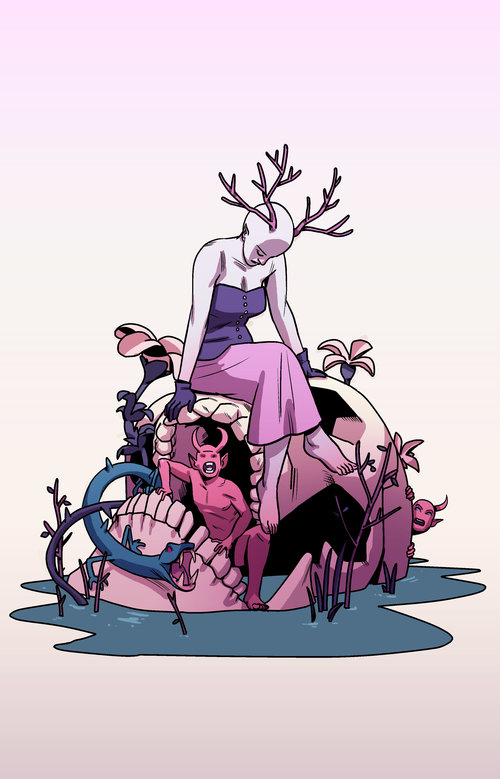
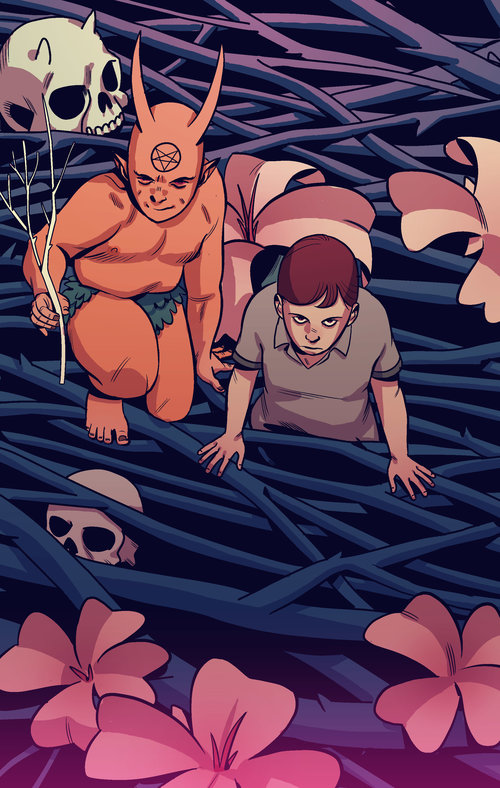
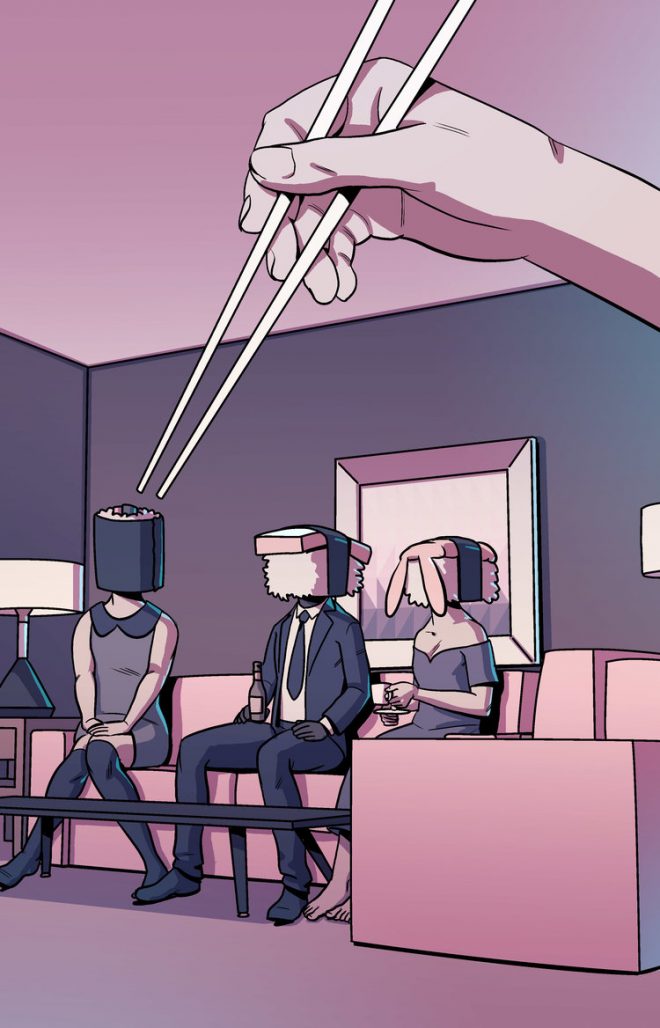
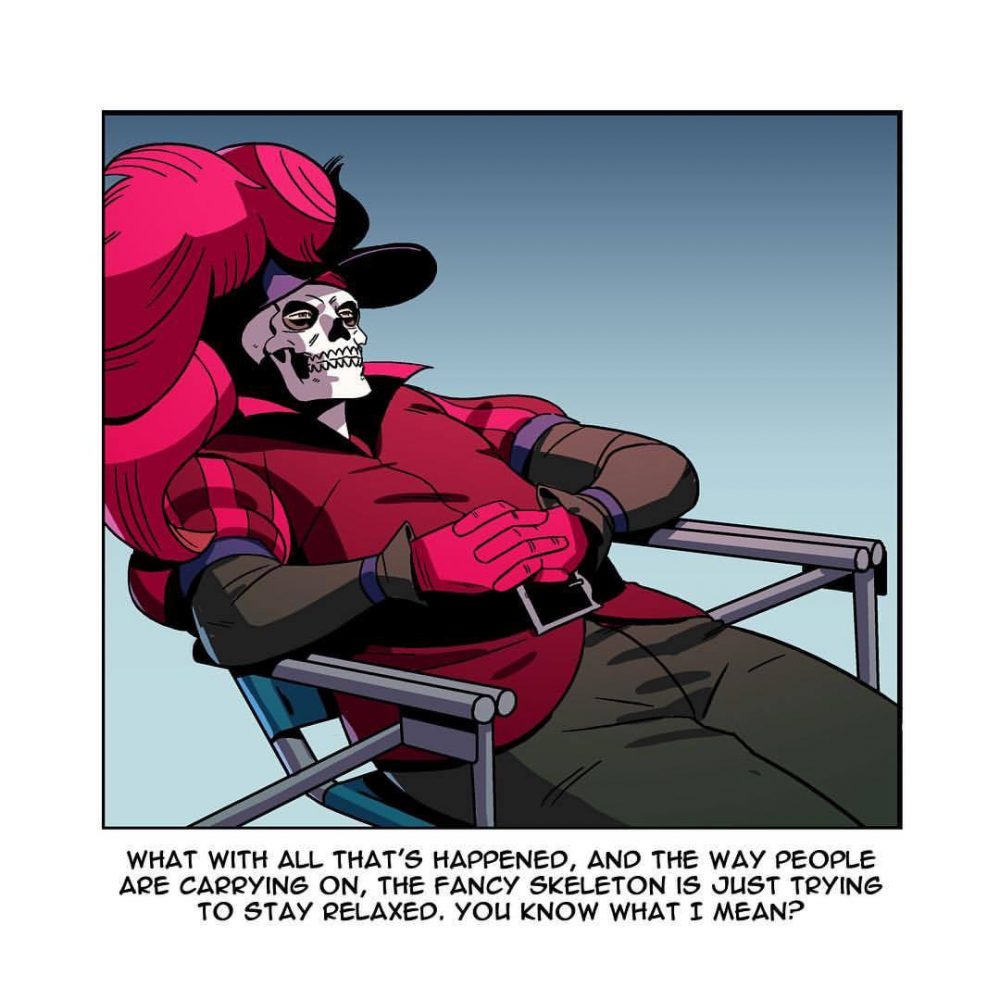
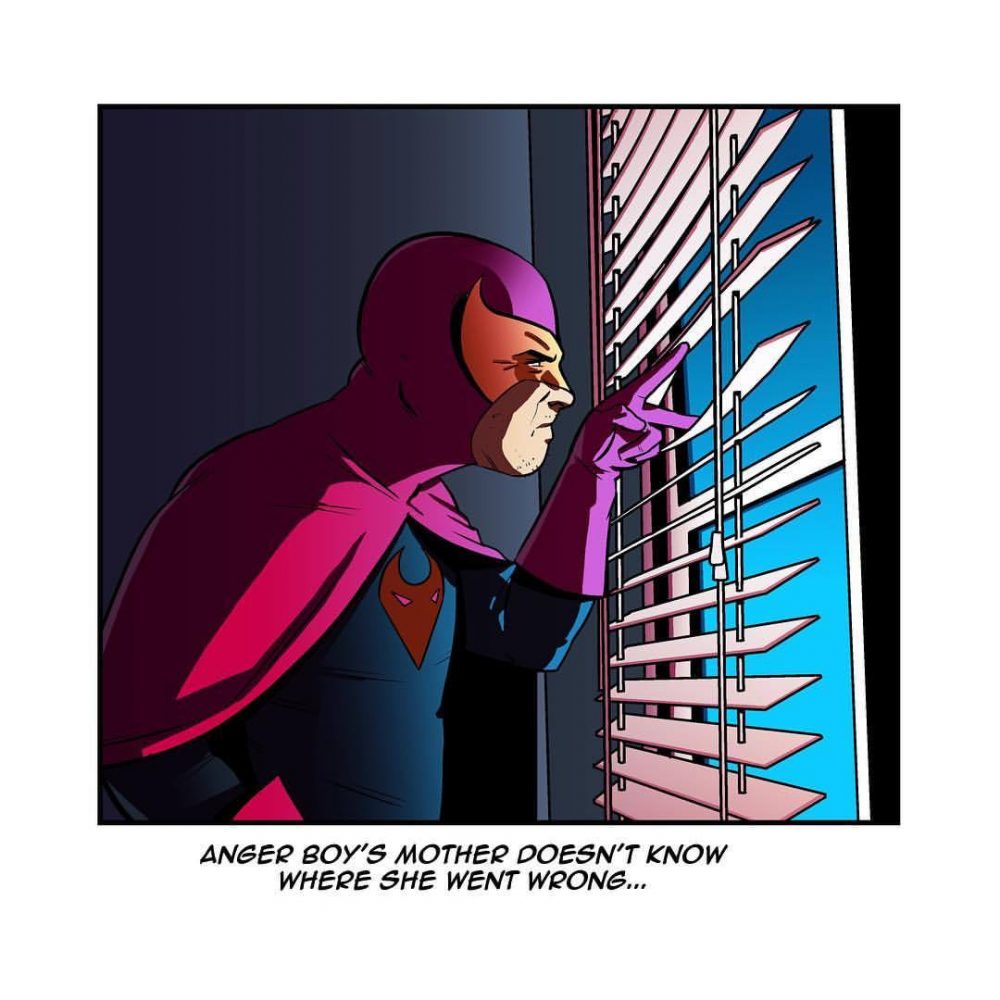



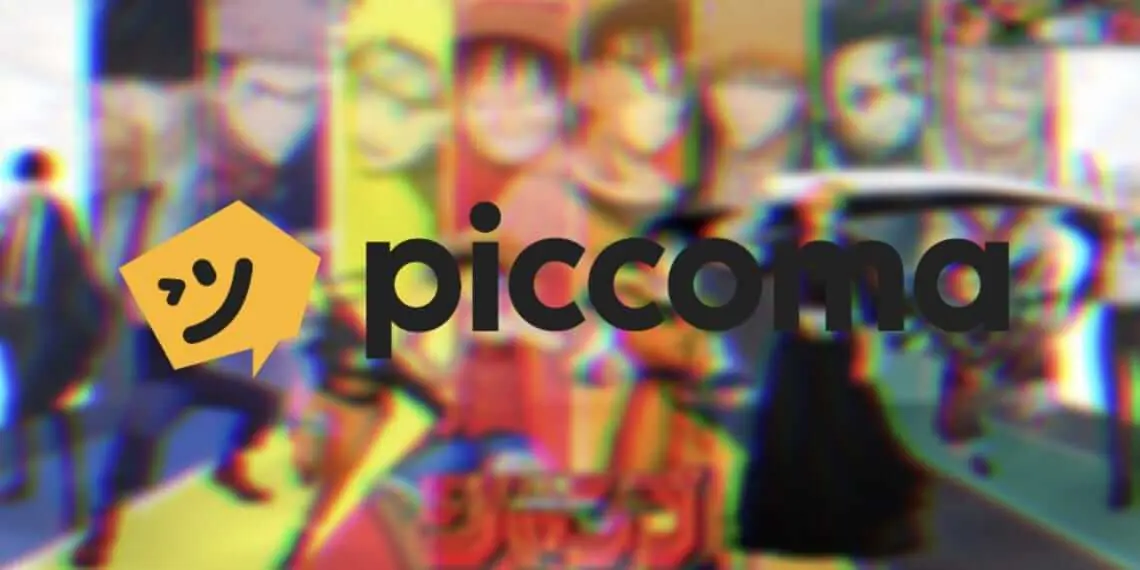

Great, enormously cool collection of content here.
Zabbal’s ennunciation of the small changes between panels is spot on and I’m glad for it as a reminder of what’s good. The technique just lifts certain books. Cool
Comments are closed.